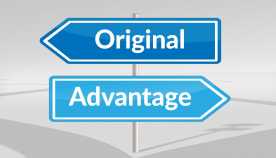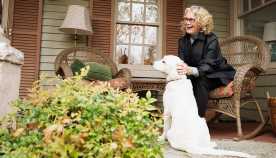AARP Eye Center
Austin Voting on Proposed Land Development Code Changes
Update: On May 3, at 1 p.m. CT, AARP Texas staff, city of Austin leaders, and staff members hosted a webinar to discuss the proposed changes in depth and answered some of your questions. If you missed the opportunity to join the webinar, you can see the presentation and frequently asked questions documents provided.
Presentation
Frequently Asked Questions
Q & A
Next Steps
Registration to speak at the May 16 City Council Meeting opens at 10 a.m. Monday, May 13. You can find out more information here Council Meeting Information Center.
Enedelia Obregon, Austin resident and AARP volunteer, shares her thoughts on how some of the proposed code amendments could help her. Play the video below.
A City Evolved and Its Challenges
The Austin City Council will vote on crucial land development code modifications in May. These changes focus on bolstering housing development along the Project Connect rail lines and other transit corridors, and expanding opportunities for home ownership across Austin neighborhoods.
Austin's existing land development code dates back four decades and the city has since outgrown them. Today, Austin is the tenth largest city in the United States, with all the challenges accompanying urban growth, like housing and mobility.
- Housing: The demand for housing far exceeds the available supply.
- Mobility: Due to gentrification, traffic congestion, and development can drive people farther away.
City leaders are tackling the increasing demand for housing and mobility with several land development code amendments, which AARP supports the following two.
- HOME Phase 2: Allowing smaller homes on smaller lots to address housing needs.
- Equitable Transit-Oriented Development (ETOD) Overlay: This overlay increases affordable housing potential along transit corridors, connecting more people to jobs, housing, schools, and parks.
Learn more about all the proposed changes here, subscribe for key updates here, and learn more about transit-oriented developments and how it can transform how you live, work, and play.


























































